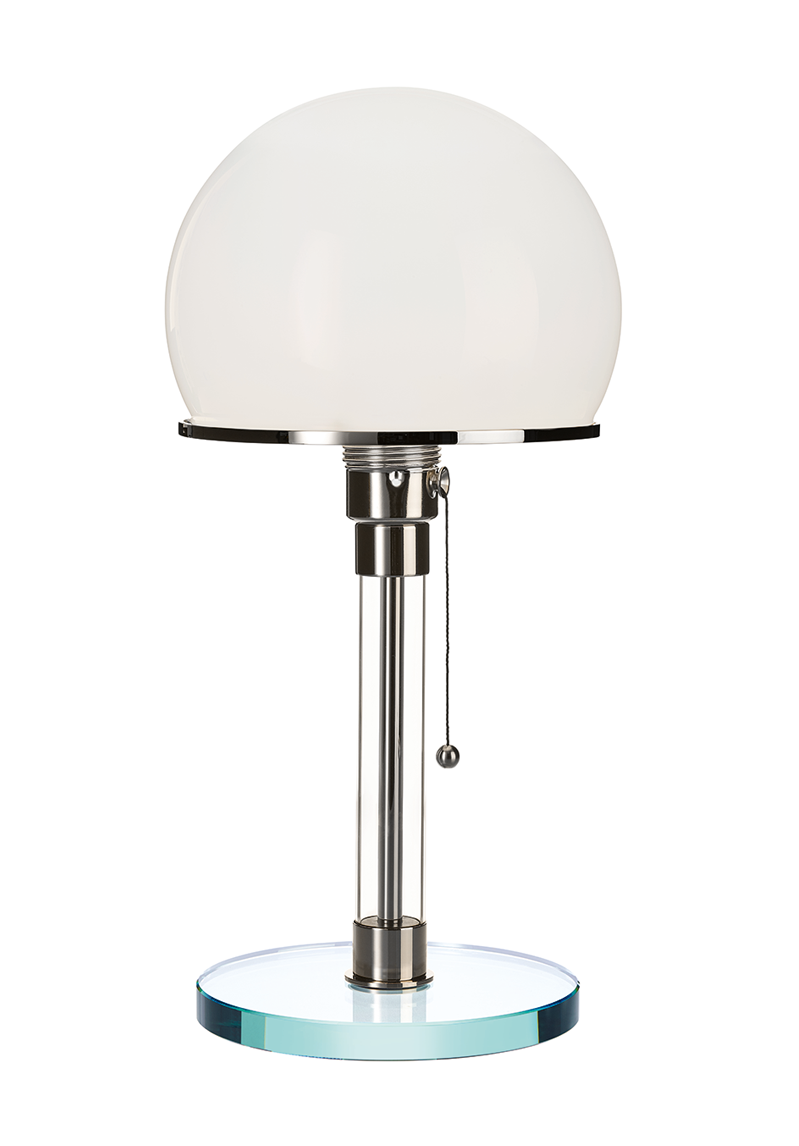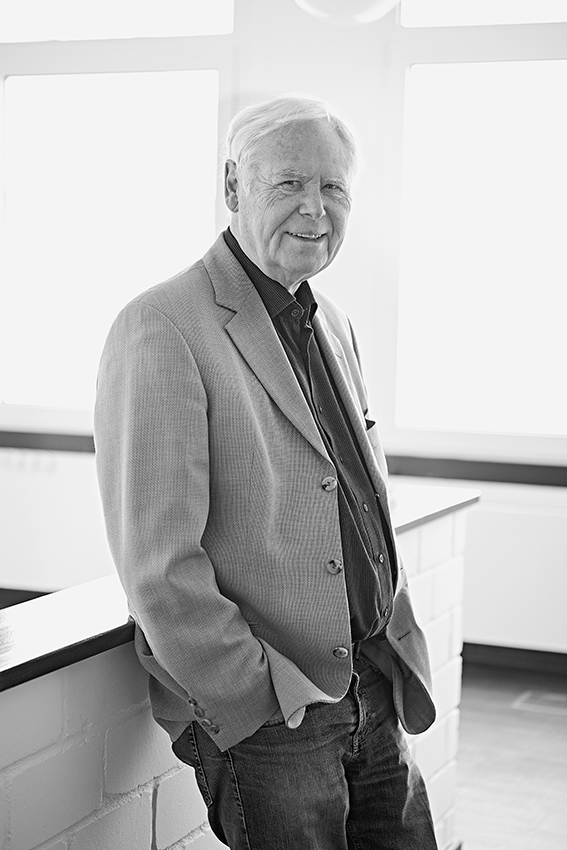
You once said: “Art, design and music are media for communication, not a language that can be logically learnt or even translated”. Does the idea of the Bauhaus school, with its credo of “form follows function” oppose this? Does it in fact promote this intellectual confrontation?
Yes and no. Even those designers who were formative for Bauhaus, appreciated artefacts by unknown craftsmen, such as everyday objects found in rural culture. These objects also satisfy the credo of “form follows function”, yet without any intellectual aspiration. For me, art is a means of communication that cannot be translated. You have to imbibe art holistically, with emotional intelligence. When I was a little younger, I worked for TECNOLUMEN out in the field. Whenever I was shown a plagiarism, I said: “Put our lamp next to it.” If the customer sees and understands it, he will buy our lamp. If he doesn’t see it, we hope he will become happy with his plagiarism. That worked. It cannot be explained. It’s about proportions, about something abstract – you have to feel it. You don’t even have to know what’s right or wrong with the object. Insignificant designs are also found among the Bauhaus workpieces, although they supposedly follow the rules. It becomes particularly clear in those small goldsmith’s works. For me, Marianne Brandt is a great artist in this field. She has designed things that I consider to be highly emotional. Of course, there are explanations about the pieces, the material used and the form, but these explanations were certainly provided afterwards.
